 |
Diffraction patterns allow to reproduce very complex crystallographic structures, or even a local order in liquid water. Neutron diffraction (and X-ray scattering) even explain why whisky and water do not mix easily (1). |
Neutrons, undergo diffraction on atoms and so are used to determine crystallographic structure, like do it X-rays or a laser beam on a CD diffraction gratings. To undergo diffraction, neutron’s de Broglie wave must be similar in length to the interatomic distance, say be of 1 Å order. For neutrons this corresponds to thermal energies (25 meV), for X-rays to 12,400 eV.
Neutrons are usually produced in nuclear reactors, and slowed down in collisions with hydrogen nuclei (i.e. protons), which can be for example in the form of liquid methane, CH4.
 |
Diffraction patterns allow to reproduce very complex crystallographic structures, or even a local order in liquid water. Neutron diffraction (and X-ray scattering) even explain why whisky and water do not mix easily (1). |
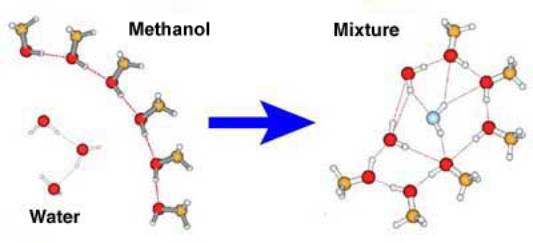
![]()
http://www-als.lbl.gov/als/science/sci_archive/70methanolmix.html
(1) but rather form aggregates, so called clusters [1, 2].
[1] Hydrogen-Bonded Cluster Formation and Hydrophobic Solute Association in Aqueous Solutions of Ethanol,
Nobuyuki Nishi, Satoru Takahashi, Masaki Matsumoto, Aki Tanaka, Keisuke Muraya, Toshiyuki Takamuku, and Toshio Yamaguchi ,
Journal of Physical Chemistry, Vol. 99, No. 1: January 5, 1995, p. 461
[2] The Molecular Structure of Alcohol-Water Mixtures
J.-H. Guo, Y. Luo, A. Augustsson, S. Kashtanov, J.-E. Rubensson, D.K. Shuh, H. Agren, and J. Nordgren, Phys. Rev. Lett. 91, 157401 (2003).
Neutron diffraction requires a well collimated beam of neutrons with a well defined energy.
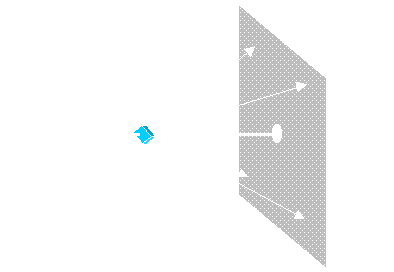
Neutron diffraction is based on a similar principle, like X-ray diffraction – of selective reflection under determined angles.
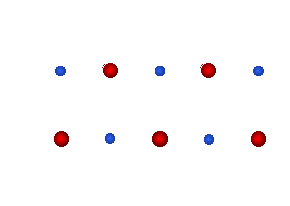
See here, how diffraction patterns (signal vs. scattering angle) match with the crystallographic structure.
 |
 |
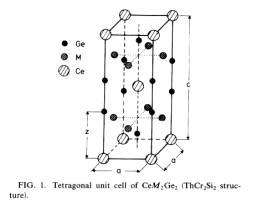 |
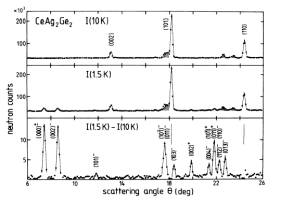 |
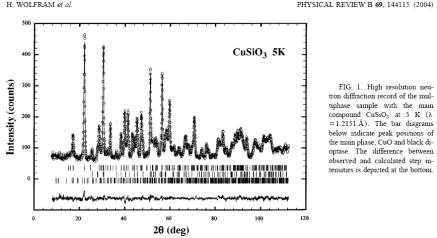
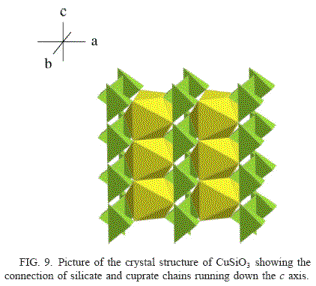

[1] Local structure of LiNiO2 studied by neutron diffraction
J.-H. Chung, Th. Proffen, S. Shamoto, A. M. Ghorayeb, L. Croguennec, W. Tian, B. C. Sales, R. Jin, D. Mandrus, and T. Egami
Phys. Rev. B 71, 064410 (2005)
[2] Neutron diffraction study of the nuclear and magnetic structure of the quasi-one-dimensional compound CuSiO3 around TN = 8 K
H. Wolfram, H. H. Otto, M. Cwik, M. Braden, G. André, F. Bourée, M. Baenitz, F. Steglich
Phys. Rev. B 69, 144115 (2004)
[3] Neutron-scattering studies on CeM2Ge2(M=Ag, Au, and Ru)
A. Loidl, K. Knorr, G. Knopp, A. Kimmel, R. Caspary, A. Böhm, G. Sparn, C. Geibel, F. Steglich, A. P. Murani
Phys. Rev. B 46, 9341–9351 (1992)